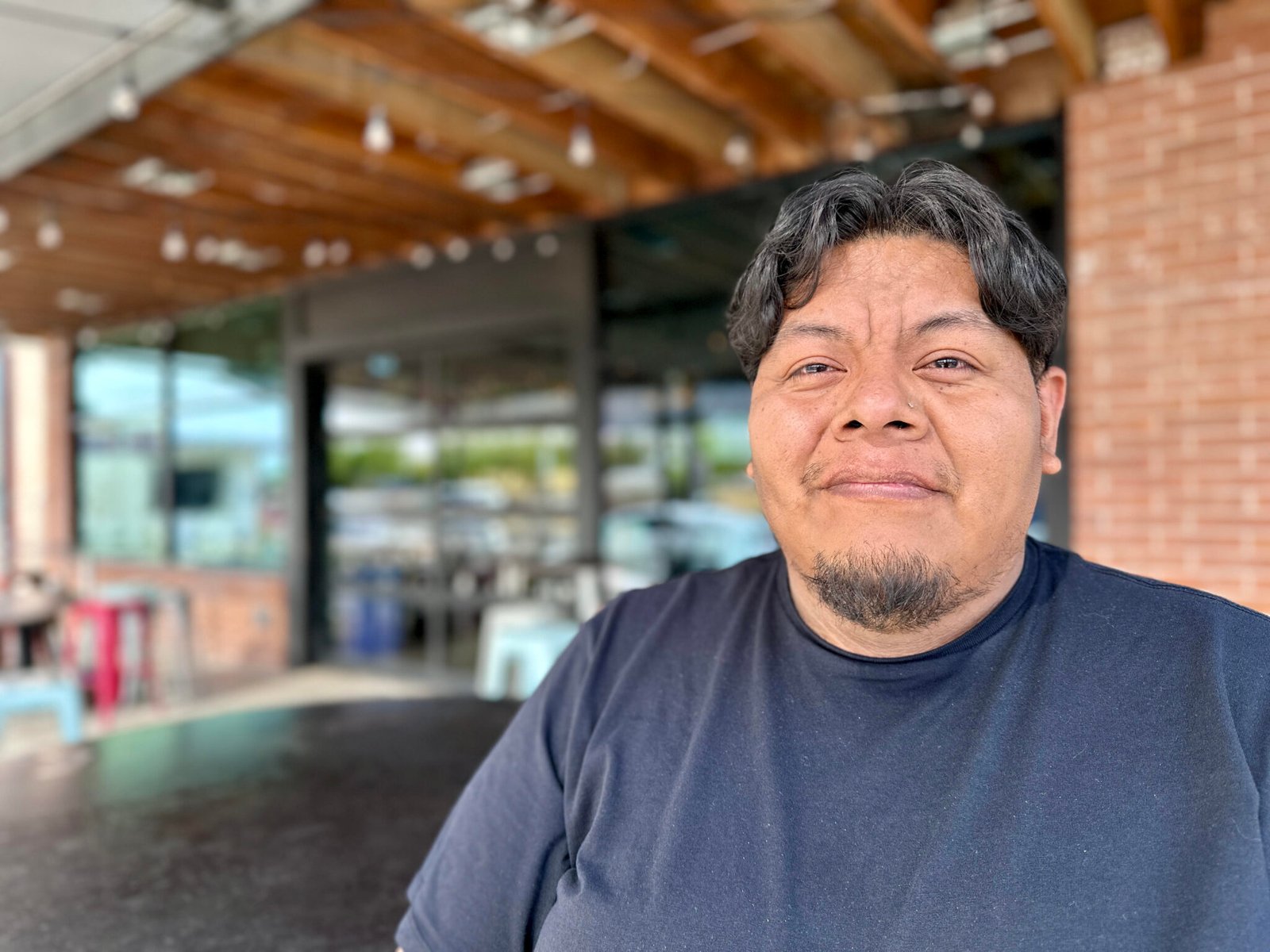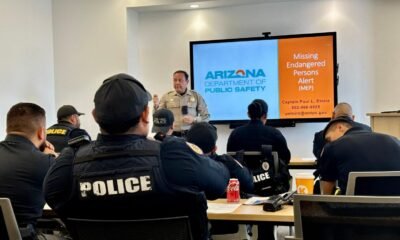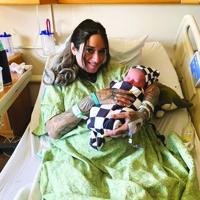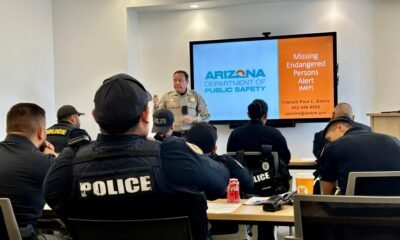Business
UofA Indigenous Students Rally Against Cultural Center Overhaul and Director Dismissal

A group of Native students at the University of Arizona is expressing concern following the administration’s decision to eliminate the Native American Student Affairs Cultural & Resource Center (NASA). This center has served as a vital safe haven for Indigenous students on campus.
Diné student Tommey Jodie emphasized her reliance on NASA for both academic support and community building. “It’s one of the only places on campus where I didn’t have to explain who I was or why I was there,” she noted. The predominantly white campus often left her seeking spaces where her identity didn’t require justification.
Winona Little Owl-Ignacio, a Lakȟóta and Tohono O’odham student, highlighted the center’s crucial role in her university journey. After transferring from Tohono O’odham Community College, she credited NASA Director Julian Juan with helping her secure housing. “NASA saved me,” she stated, reinforcing the significance of this resource in an environment where Indigenous students often feel marginalized.
The university’s recent decision to merge NASA with the Office of Native American Initiatives (NAI), following Juan’s termination on May 27, has sparked outrage among Indigenous students. “It’s a blatant disrespect to student safety,” said Little Owl-Ignacio. Student sentiment points to a deterioration in the supportive environment once guaranteed by NASA.
This merger is part of the university’s broader initiative to consolidate cultural resource centers into a single unit known as the Student Culture and Engagement Hub. The change coincides with a shift in the university’s diversity, equity, and inclusion (DEI) policies and follows federal anti-DEI directives.
University officials assert that the merger will strengthen support for student engagement. “Campus Community Connections will support internal campus community groups, external community councils, and programming that fosters an environment where all communities are connected,” said Jenna Hatcher, the leading vice provost.
However, numerous Indigenous students contest this claim, articulating that their needs have not been adequately addressed by NAI’s current leadership. They expressed concern that neither Tessa Dysart, the assistant vice provost for NAI, nor other leaders have made efforts to engage with them. Jodie remarked on the lack of visibility from NAI leadership at Indigenous events, stating that true representation requires familiarity with the community.
The university maintained that the merger aims to respect the sovereign status of tribal nations while enhancing support for Indigenous students. Yet, student feedback reveals a recurring theme of disconnection between the administration and those it purports to serve. Tohono O’odham graduate student Trinity Norris criticized the decision-making process, highlighting the absence of student input in actions that directly impact their well-being.
The letter sent to the university by supporters of NASA declared that any attempt to dismantle the center is a “direct assault on the Native American student population.” Over 85 Indigenous students and organizations have expressed their dissent towards this merger, affirming that as a land-grant institution, UofA has a continuing obligation to serve Indigenous communities.
NASA, founded in 1989, has struggled for consistent support from the university, with previous consolidation attempts dating back to 1993. Students point to significant funding challenges, indicating that events like Indigenous Peoples’ Day and the Spring Powwow have often relied on external sponsorship rather than university backing.
Many students noted that the center’s involvement in their academic success could no longer be taken for granted. Juan, who had built trust within the community since his arrival in 2019, played an essential role in fostering a supportive environment. His recent dismissal is viewed as a part of a broader disregard for Indigenous student advocacy.
Additionally, student feedback reveals ongoing frustrations concerning interactions with NAI leadership. Incidents like that of law student Jacquelyn Francisco, who was physically obstructed from speaking at a university event, have heightened tensions between students and administration. Francisco’s experience reflects a troubling pattern where student concerns seem to be dismissed or misrepresented by university officials.
Juan, prior to his firing, voiced concerns about these patterns, believing that his advocacy contributed to his termination. He intends to challenge his dismissal, insisting that it was a retaliatory action for defending Indigenous students’ rights and safety.
This situation highlights a persistent struggle for Indigenous students at the University of Arizona, who are advocating for recognition, respect, and genuine representation in university policies and practices.


















